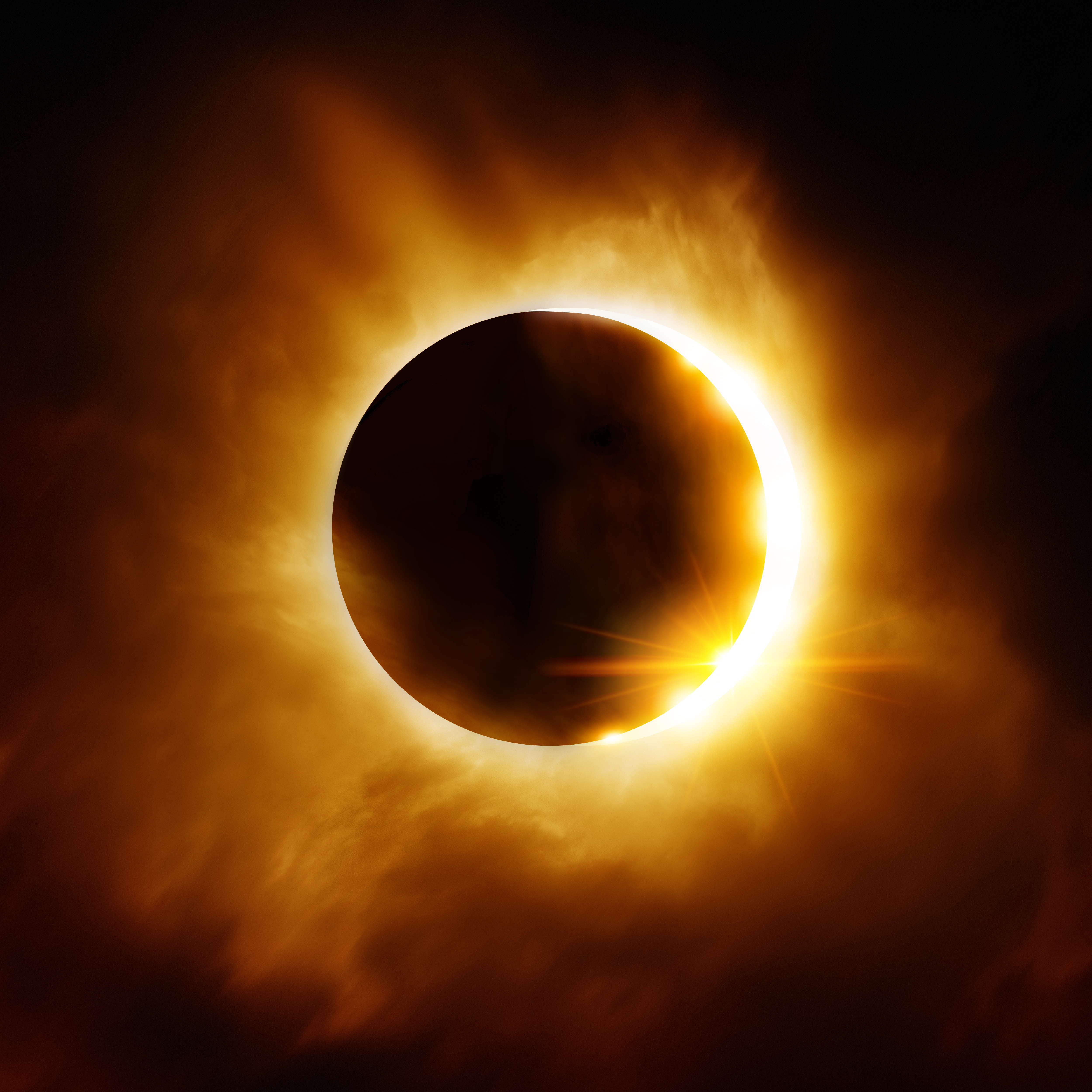Total Solar Eclipse Becomes Tourism Sensation
Total Solar Eclipse Becomes Tourism Sensation

A total solar eclipse is expected in North America on April 8, 2024. A solar eclipse occurs when the moon passes between the sun and the earth and partially or completely blocks the sun from view. On April 8, in some key areas, the sky will darken as if it is dawn or dusk, according to NASA. The duration of totality will be up to 4 minutes and 27 seconds in affected locations, almost double that of The Great American Eclipse of August 21, 2017. The 2017 total solar eclipse was witnessed by about 20 million people, and the upcoming 2024 Great American Eclipse is expected to be observed by many millions more. In fact, it is becoming quite the tourism sensation already with area hotels selling out eclipse viewing packages and tourism promotions.
AAA anticipates that cities along the path of totality will experience high tourist volumes and increased traffic leading up to April 8. Totality is expected to begin on April 8 at 3:18 p.m. in Niagara Falls and Buffalo, 3:20 p.m. in Rochester, and 3:23 p.m. in Syracuse and Watertown, N.Y.
Excitement across the state is building over the viewing, which could lead to distractions for motorists. AAA’s advice:
- Do not attempt to watch the solar eclipse while driving! The better option is to find a safe place to park, and then observe the eclipse. The peak darkness phase will last just a few minutes. NASA has created an interactive map that allows you to find out when the eclipse will be visible in your area.
- Use public transportation to avoid the potential of clogged roads, breakdowns, and crashes.
- According to NASA, you should avoid looking directly at the sun without proper eyewear protection. The only safe way to look directly at the uneclipsed or partially eclipsed sun is through special-purpose solar filters, such as “eclipse glasses” or hand-held solar viewers. Do not drive with eclipse glasses on.
- Drive safely. Eagerness to view the eclipse is not an acceptable reason to drive aggressively or while distracted. Do not attempt to take pictures or video of the eclipse while driving.
- Drive with your headlights on. Not only will you be much more visible to other drivers, your forward vision will be improved.
- Watch out for pedestrians! There may be many people standing in or along the roadway to get a glimpse.
- Watch for animals too! When a solar eclipse reaches totality, nocturnal wildlife can awaken, thinking that it’s nighttime, and non-nocturnal wildlife might think it’s time to head to sleep.
- Be alert to the possibility of increased traffic and distracted drivers swerving into your lane.
- Other drivers may be attempting to watch the eclipse and drive at the same time.
- To help prevent trouble, keep additional space between you and other vehicles.
- Reduce your speed so you will have more time to make an emergency maneuver if needed.
You can get more safety tips from NASA at https://science.nasa.gov/eclipses/future-eclipses/eclipse-2024/safety/.
The next total solar eclipse that can be seen from the contiguous United States will be on Aug. 23, 2044.












